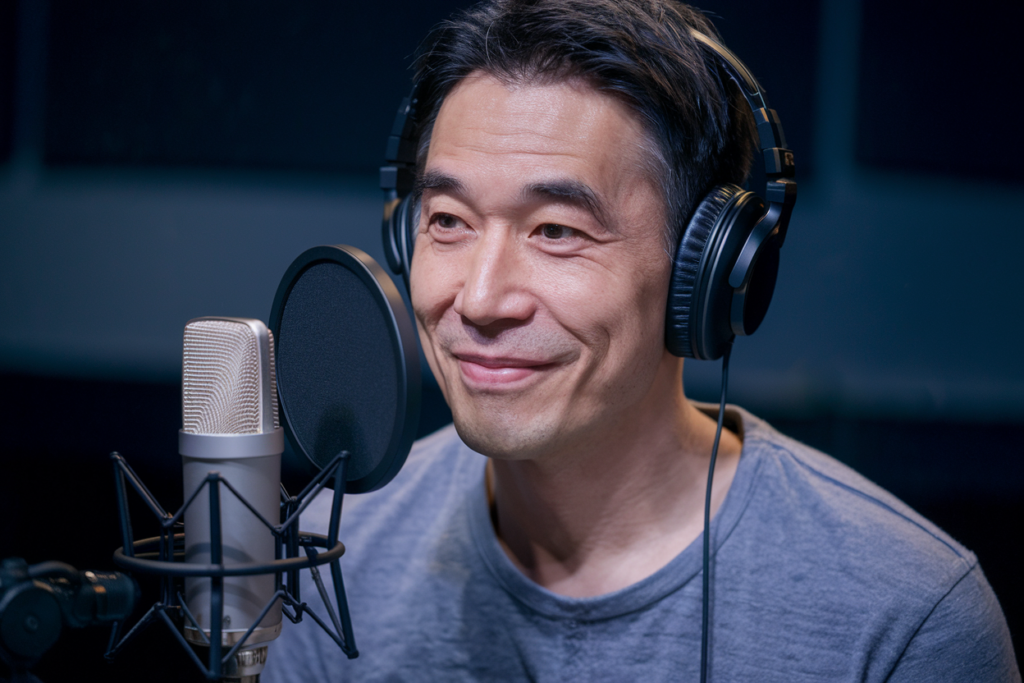Japanese voice-over services play a crucial role in breaking language barriers and delivering content to Japanese-speaking audiences with authenticity and cultural sensitivity. Whether you’re aiming to localize a product, create engaging content, or connect with a global audience, professional Japanese voice-over services are the key to ensuring effective communication.
The Importance of Japanese Voice Over Services
- Global Reach: Japan has a large consumer market and cultural influence, making it vital for businesses to tailor their content for this audience.
- Cultural Nuance: Japanese has unique linguistic and cultural aspects that must be accurately conveyed to resonate with native speakers.
- Versatility: Japanese voice-over services cater to a wide array of industries, including entertainment, education, gaming, e-learning, advertising, and corporate training.
Language, Accent, and Dialects in Japanese Voice Over
The Japanese Language: A Brief Overview
Japanese is a complex language with three writing systems: Kanji, Hiragana, and Katakana. The language is known for its politeness levels, formalities, and nuanced expressions. High-quality voice-over services must reflect these subtleties to maintain accuracy and credibility.
Accents in Japanese Voice Over
Though Japanese is considered a homogenous language, regional accents and variations exist. Some key accents include:
- Tokyo Dialect: Considered the “standard Japanese” used in most media and professional contexts.
- Kansai Dialect: Known for its lively intonation and informal style, often used in comedy and entertainment.
- Kyushu Accent: Features unique pronunciations and intonation patterns, adding regional authenticity to certain projects.
Dialects and Their Importance
While standard Japanese is widely understood, using specific regional dialects in voice-over can:
- Add authenticity to a character in media content.
- Establish a deeper connection with regional audiences.
- Enhance storytelling by reflecting cultural diversity within Japan.
Types of Japanese Voice Over Services
Commercial Voice Overs
Perfect for advertisements, product launches, and promotional videos. They focus on delivering concise and compelling messages tailored for Japanese audiences.
E-Learning and Educational Voice Overs
These services are essential for training materials, tutorials, and online courses, ensuring the content is engaging and easy to comprehend.
Dubbing Services
For movies, TV shows, or video games, dubbing ensures that characters’ voices match the emotions and cultural context of the original script while speaking fluently in Japanese.
Corporate Voice Overs
Used for presentations, corporate videos, and internal training materials. The tone is often formal, reflecting professionalism and brand values.
IVR and Phone Systems
Japanese voice-over services are also used in interactive voice response (IVR) systems, ensuring clear and polite communication for customer support.
Key Qualities of Professional Japanese Voice Over Artists
- Native Fluency: Native speakers ensure authentic pronunciation, intonation, and cultural understanding.
- Versatility: Ability to adapt to various tones, from energetic for commercials to calm and professional for corporate use.
- Cultural Sensitivity: Familiarity with Japanese etiquette, honorifics, and societal expectations.
- Experience: Skilled in handling technical scripts, including medical, legal, or IT-related content.
Benefits of Professional Japanese Voice Over Services
- High-Quality Output: Enhanced audio quality with attention to linguistic and technical details.
- Faster Turnaround Times: Experienced professionals streamline the recording and editing processes.
- Cost-Effective Localization: Avoid costly re-recordings by ensuring cultural and linguistic accuracy from the start.
- Engagement Boost: Culturally relevant voice-overs resonate more deeply with audiences.
Investing in professional Japanese voice-over services ensures that your message is not just translated but truly communicated, fostering trust and engagement with Japanese-speaking audiences.







